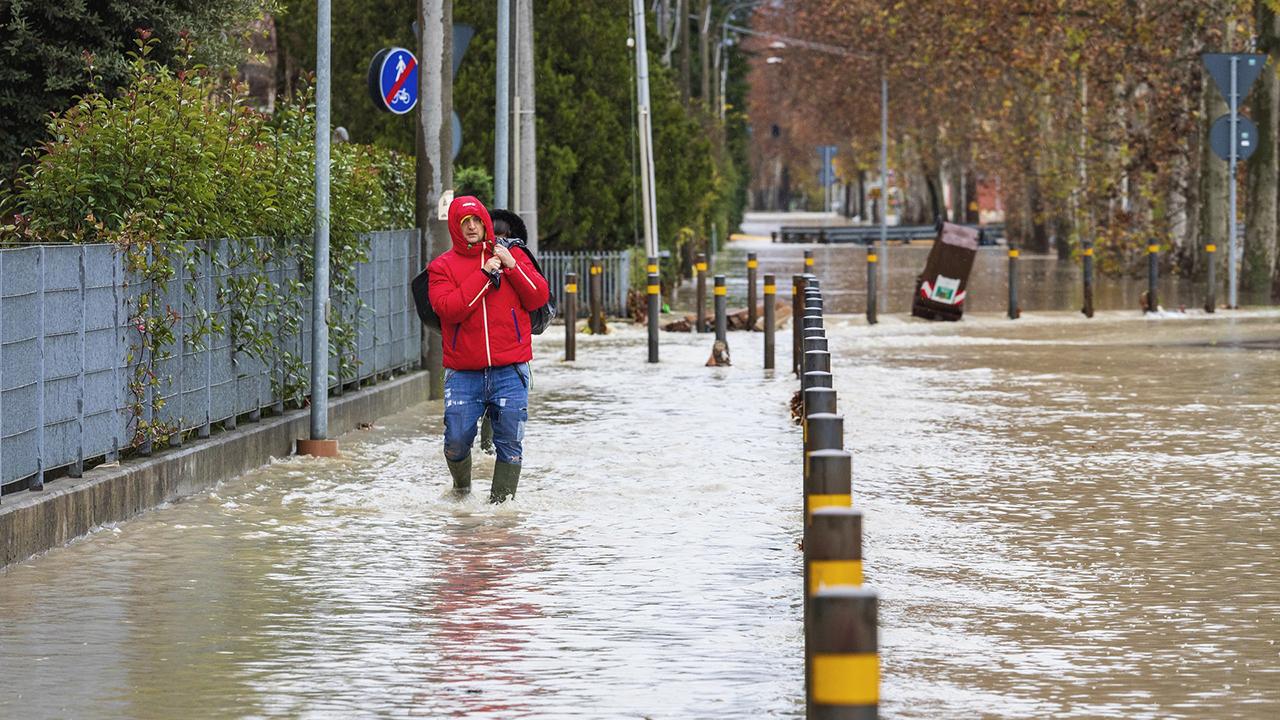
The first ever European Climate Risk Assessment (EUCRA), published on 11 March by the European Environment Agency (EEA) shows that Europe is not prepared for rapidly growing climate risks.
Europe is the fastest warming continent in the world and the frequency of extreme events such as drought, wildfires, extreme heat, and flooding, has been increasing in recent years. The EUCRA report shows that even under optimistic global warming scenarios the situation will worsen in the future, affecting living conditions throughout the continent.
Read EEA’s press release
Read the European Climate Risk Assessment (EUCRA)
ICTP researcher Cyril Caminade of the Earth System Physics section co-authored the health chapter of the report, which shows that heat is the gravest and most urgent climate risk driver for human health, with most exposed and most vulnerable population groups more at risk.
Caminade, whose main domain of expertise is the relationship between climate and vector-borne diseases, has been studying how climate change impacts the distribution of different types of vectors and pathogens. “Overall, warming, milder winters, increased frequency and intensity of floods and droughts are increasingly favourable for infectious, water, food-borne diseases such as dengue, West Nile Virus, Lyme disease, Tick-borne encephalitis, Campylobacter and salmonella,” he explains.
“Warmer temperatures have already facilitated the spread of disease vectors northward and to higher altitudes. Southern Europe is now warm enough for Aedes mosquitoes to transmit formerly tropical diseases, including dengue and chikungunya, and several outbreaks have occurred in recent years. Tick-borne diseases, such as Lyme disease, are more prevalent over northern and central Europe. These diseases are also moving northward as increased temperature conditions and milder winters favour tick survival and development,” Caminade adds.
The work that he and his colleagues have carried out at ICTP focuses on assessing the impact of climate change on the potential spread of Aedes albopictus, the Asian tiger mosquito, in Europe and Italy. They showed that this mosquito could spread to higher altitudes and latitudes in Europe, due to global warming and milder winter conditions. Increased temperatures also cause a lengthening of the mosquito’s activity season.
According to the EEA’s assessment, Southern Europe and coastal regions will be most affected by climate change. When asked about how these changes in the climate are going to impact the spread of vector-borne diseases in Italy, Caminade explains that some effects are already visible: “Autochthonous cases of dengue and chikungunya have already been reported over southern France, Italy, Spain and Croatia over the past 10 years. The first outbreak of chikungunya was reported in Castiglione di Cervia and Castiglione di Ravenna in 2007 (about 200 cases). About 70 autochthonous dengue cases were reported in Italy in 2023: in Lodi, Lombardy and in the Lazio area. Cases of West Nile Fever have also been reported over northern Italy.”
Commenting on the assessment, Leena Ylä-Mononen, EEA Executive Director, declared: “Our new analysis shows that Europe faces urgent climate risks that are growing faster than our societal preparedness. To ensure the resilience of our societies, European and national policymakers must act now to reduce climate risks both by rapid emission cuts and by strong adaptation policies and actions.”
















